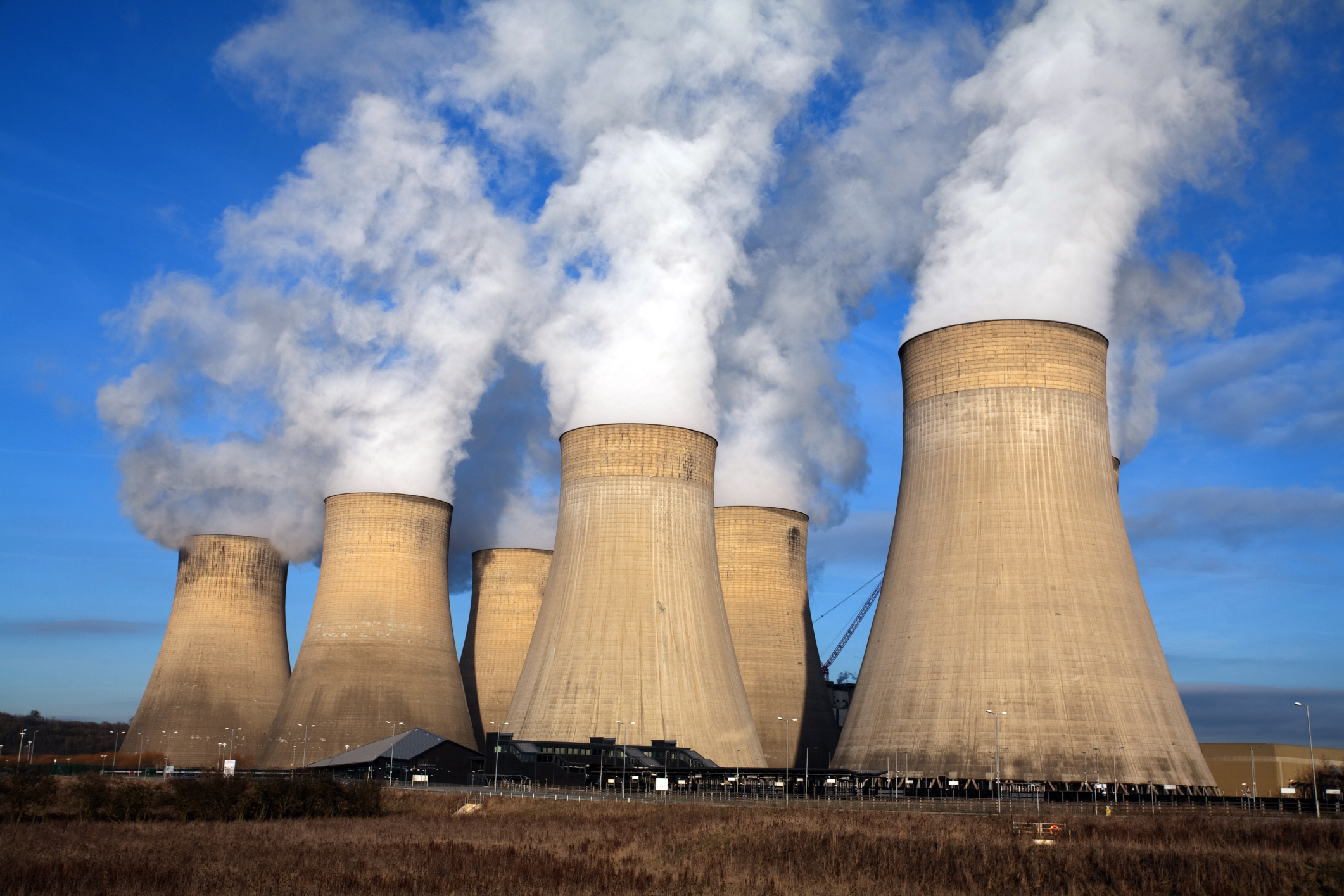
Nuclear power, a revolutionary energy source with immense potential, often finds itself shrouded in fear and skepticism. This apprehension is fueled by a complex interplay of historical events, misconceptions, and concerns regarding safety, environmental impact, and the potential for catastrophic accidents. In this exploration, we delve into the roots of the fear surrounding nuclear power, aiming to separate fact from fiction and shed light on the nuanced landscape of nuclear energy.
I. Historical Events:
To understand the fear of nuclear power, one must trace its roots back to historical events that have left an indelible mark on public perception. The atomic bombings of Hiroshima and Nagasaki during World War II, while not directly related to nuclear power generation, cast a long shadow over any discussion involving nuclear technology. The devastating impact of these bombings ignited a visceral fear of all things nuclear, fostering a general mistrust that persists to this day.
Furthermore, incidents like the Chernobyl disaster in 1986 and the Fukushima Daiichi nuclear disaster in 2011 have played a pivotal role in shaping public opinion. The Chernobyl catastrophe, characterized by a reactor explosion and the release of radioactive materials, underscored the potential severity of nuclear accidents. Although such events are exceedingly rare, their resonance is amplified by media coverage, contributing significantly to the fear surrounding nuclear power.
II. Misconceptions:
Misconceptions about nuclear power further contribute to the prevailing fear. One common misconception is the conflation of nuclear power plants with nuclear weapons, associating peaceful nuclear energy with the destructive capabilities of atomic bombs. Nuclear power plants are designed for electricity generation, employing controlled nuclear reactions to produce energy without the explosive characteristics of weapons.
Another prevalent misconception revolves around the long-term disposal of nuclear waste. Skepticism often arises from the perception that nuclear waste poses an insurmountable environmental threat. However, advancements in technology have enabled the development of secure storage solutions, such as deep geological repositories, to safely contain and isolate nuclear waste.
III. Safety Concerns:
Safety concerns constitute a legitimate aspect of the fear associated with nuclear power. The potential for accidents, albeit rare, raises valid apprehensions. However, it is crucial to emphasize the stringent safety measures implemented in modern nuclear power plants. Rigorous protocols, fail-safes, and advanced engineering contribute to a robust safety framework, minimizing the likelihood of accidents and mitigating their consequences.
Technological advancements, including passive safety systems and improved reactor designs, have significantly enhanced the safety profile of nuclear power. Learning from past incidents, the industry has continually evolved to prioritize safety, assuaging concerns through proactive measures.
IV. Environmental Impact:
Concerns about the environmental impact of nuclear power extend beyond safety issues. Detractors argue that nuclear energy, despite being low-carbon, poses risks related to radioactive releases and ecosystem disruption. However, advocates point to the comparatively lower greenhouse gas emissions of nuclear power when contrasted with fossil fuel alternatives.
Nuclear power, if managed responsibly, can contribute to a cleaner energy future. Innovations in reactor technology, coupled with comprehensive environmental impact assessments, aim to address and mitigate the ecological footprint of nuclear energy.
V. Economic Considerations:
Economic considerations also play a role in shaping the perception of nuclear power. The construction costs of nuclear power plants are often cited as a deterrent, with projects requiring substantial upfront investments. However, proponents argue that the long operational lifespan of nuclear plants and their capacity for large-scale electricity generation can offset initial costs over time.
Moreover, advancements in small modular reactors (SMRs) hold promise for reducing construction expenses and expanding the accessibility of nuclear power. These innovative designs offer scalability and enhanced safety features, addressing economic concerns associated with traditional large-scale nuclear projects.
Conclusion:
In unraveling the fear of nuclear power, it becomes evident that a nuanced understanding is essential. Historical events, misconceptions, safety concerns, environmental impacts, and economic considerations collectively shape public perception. As we navigate the complexities of nuclear energy, fostering informed discussions and embracing technological advancements are crucial steps toward demystifying and appreciating the potential benefits of nuclear power in our quest for a sustainable energy future.
Reference





